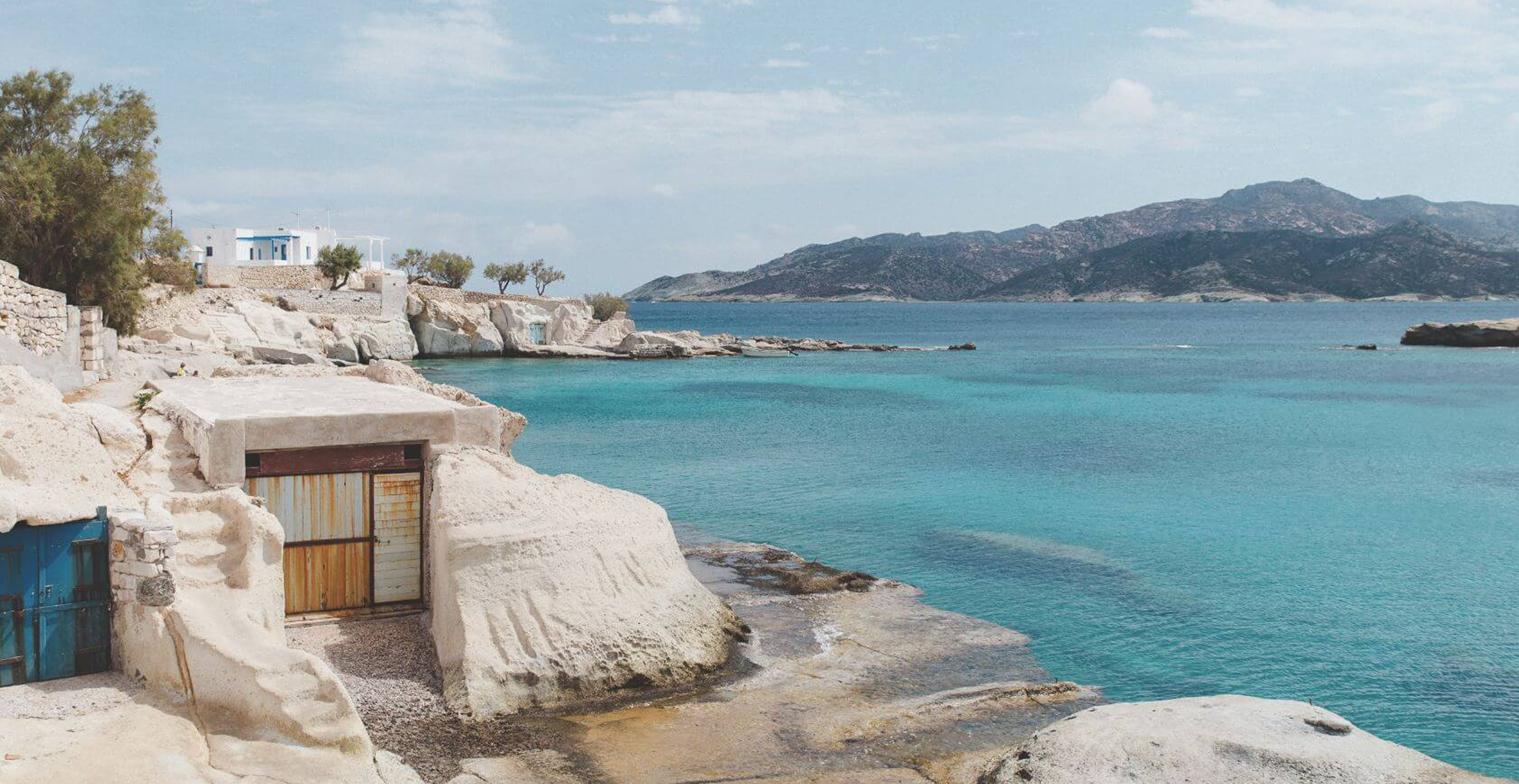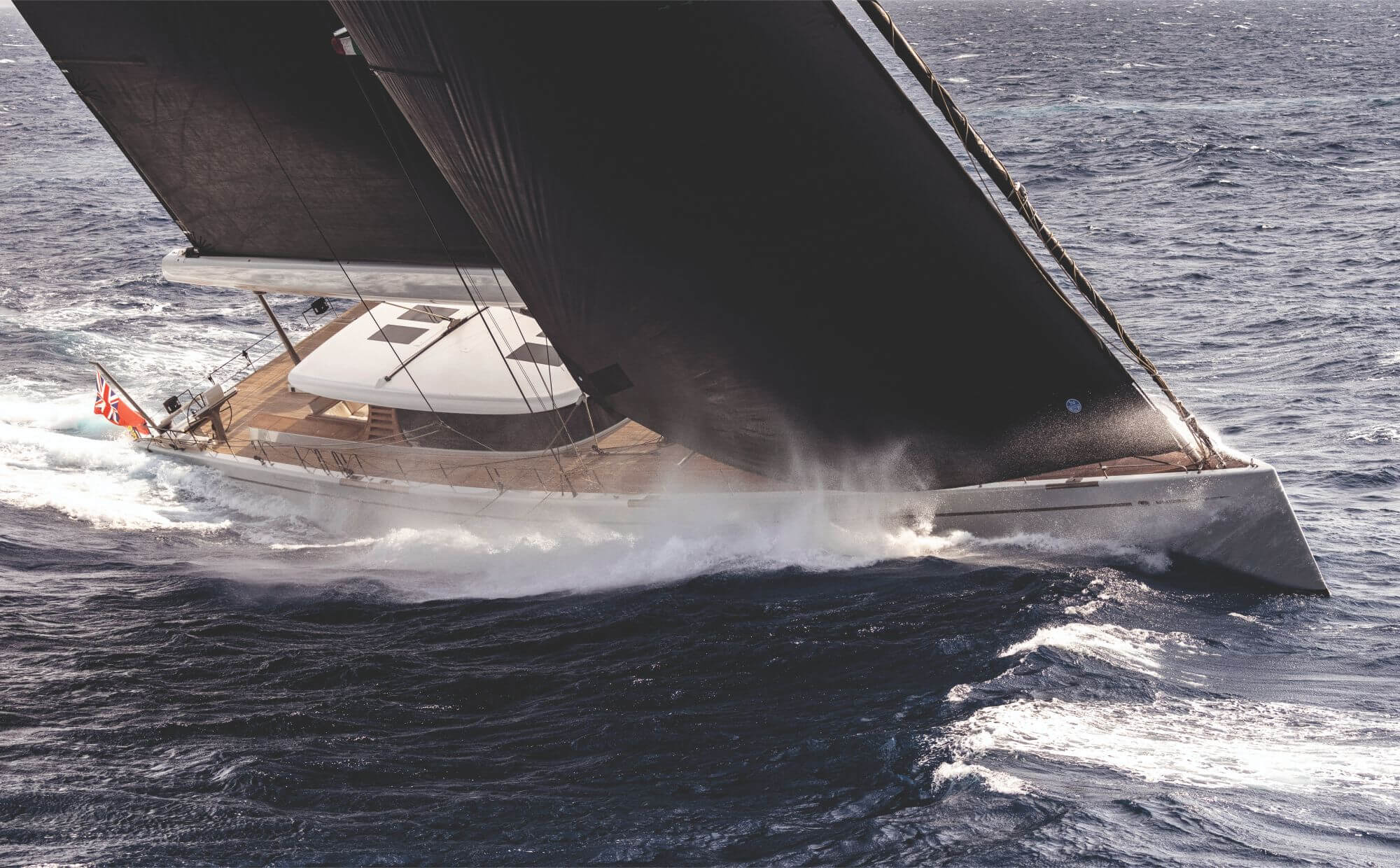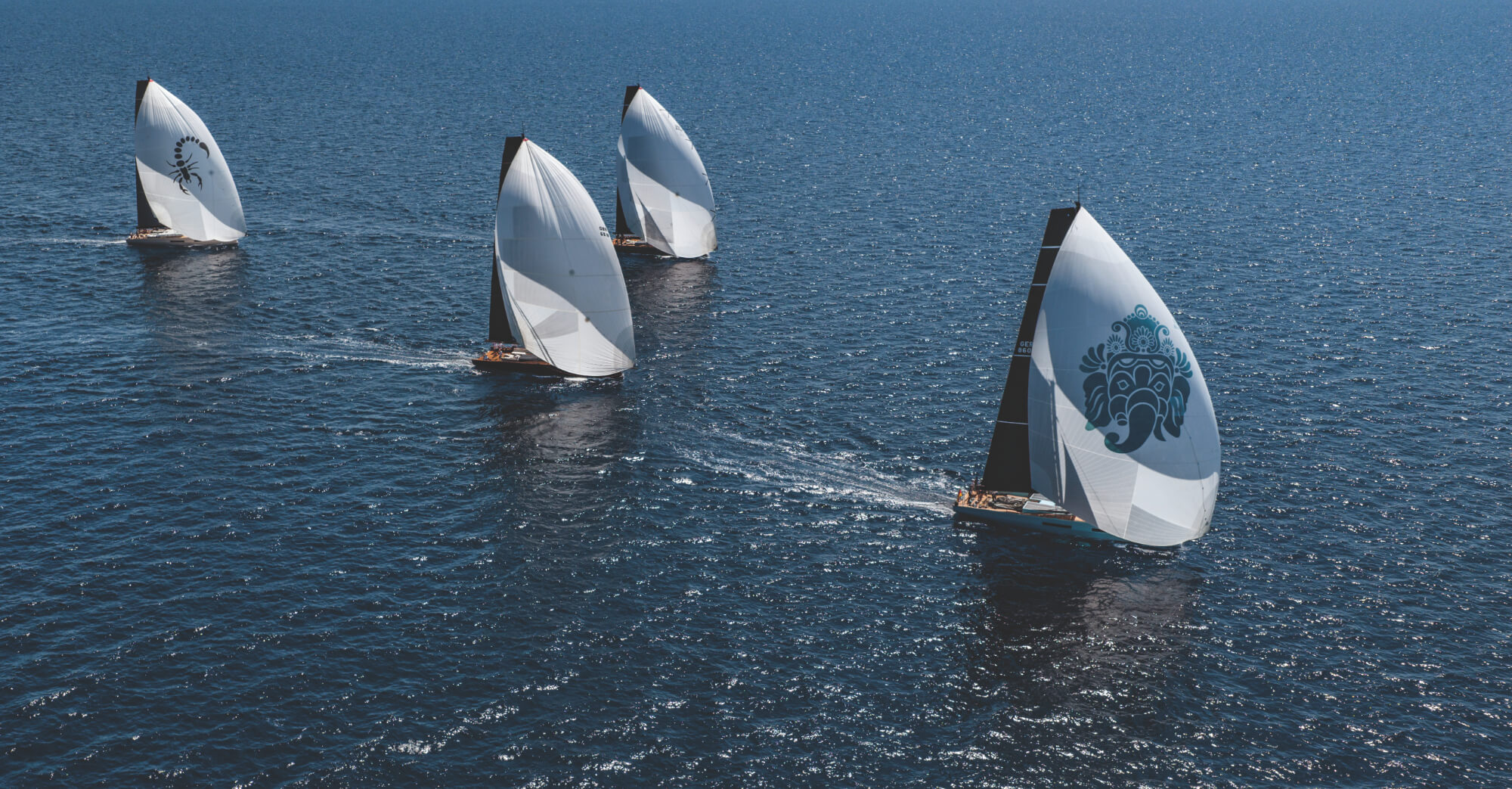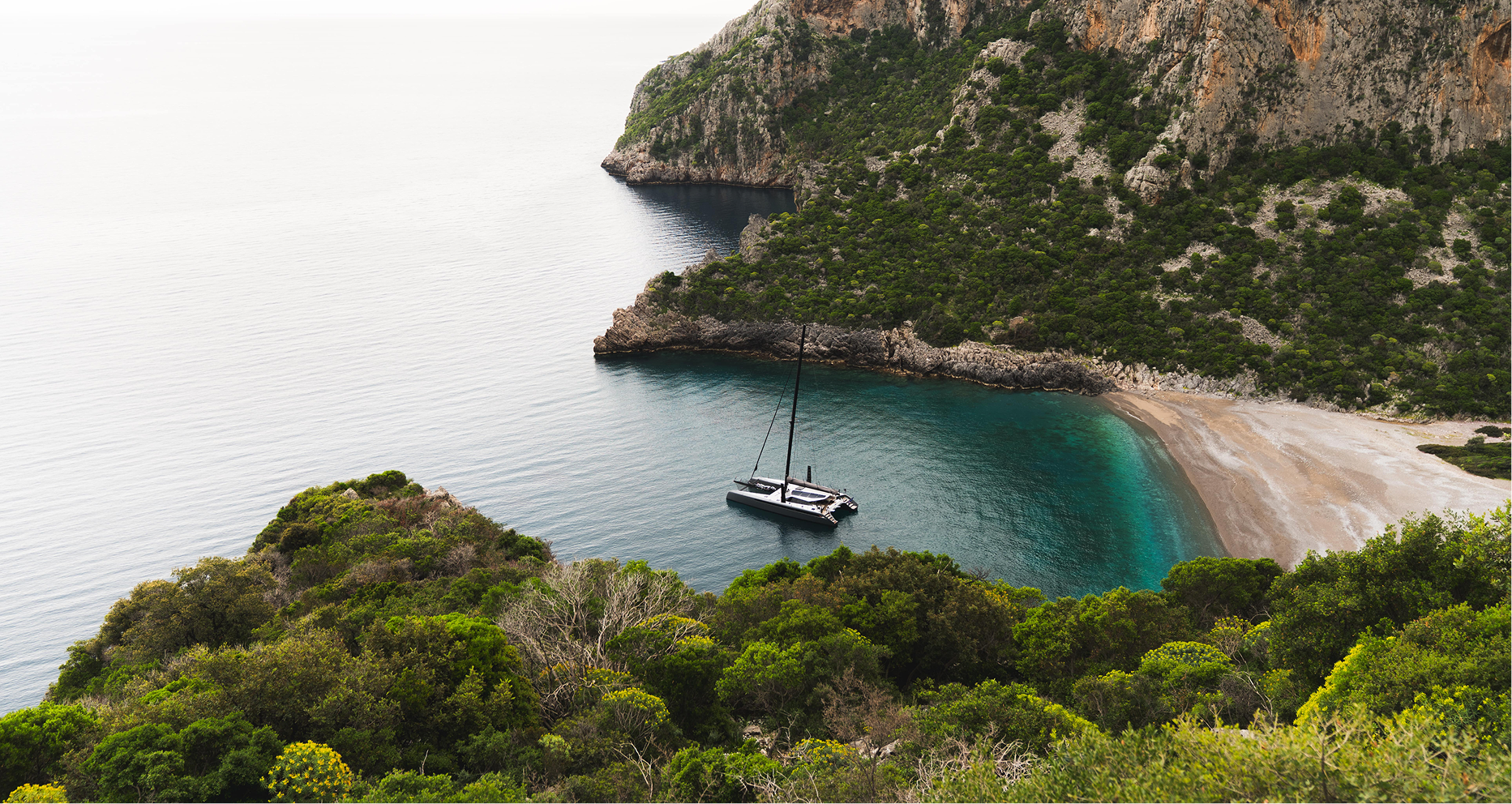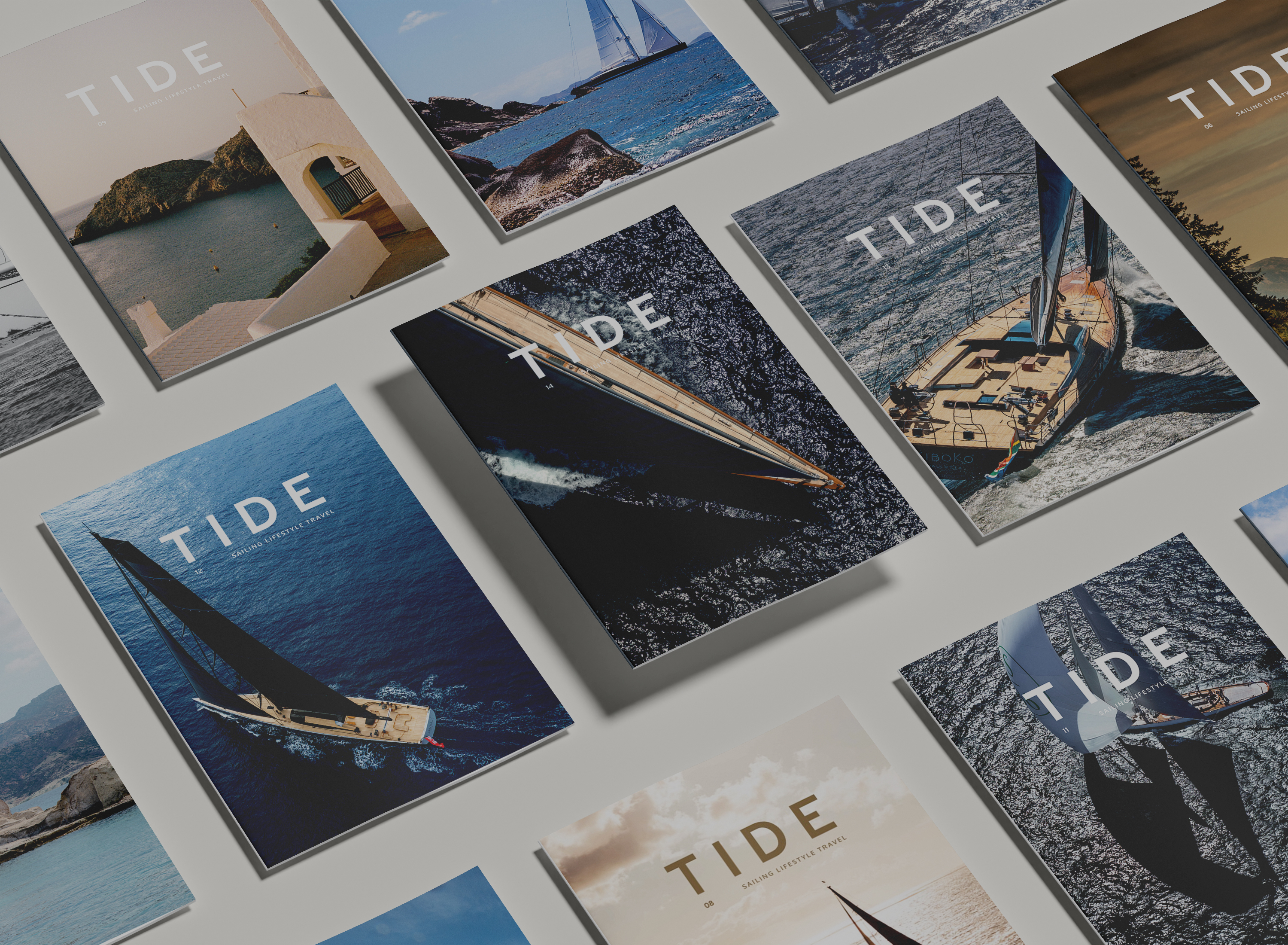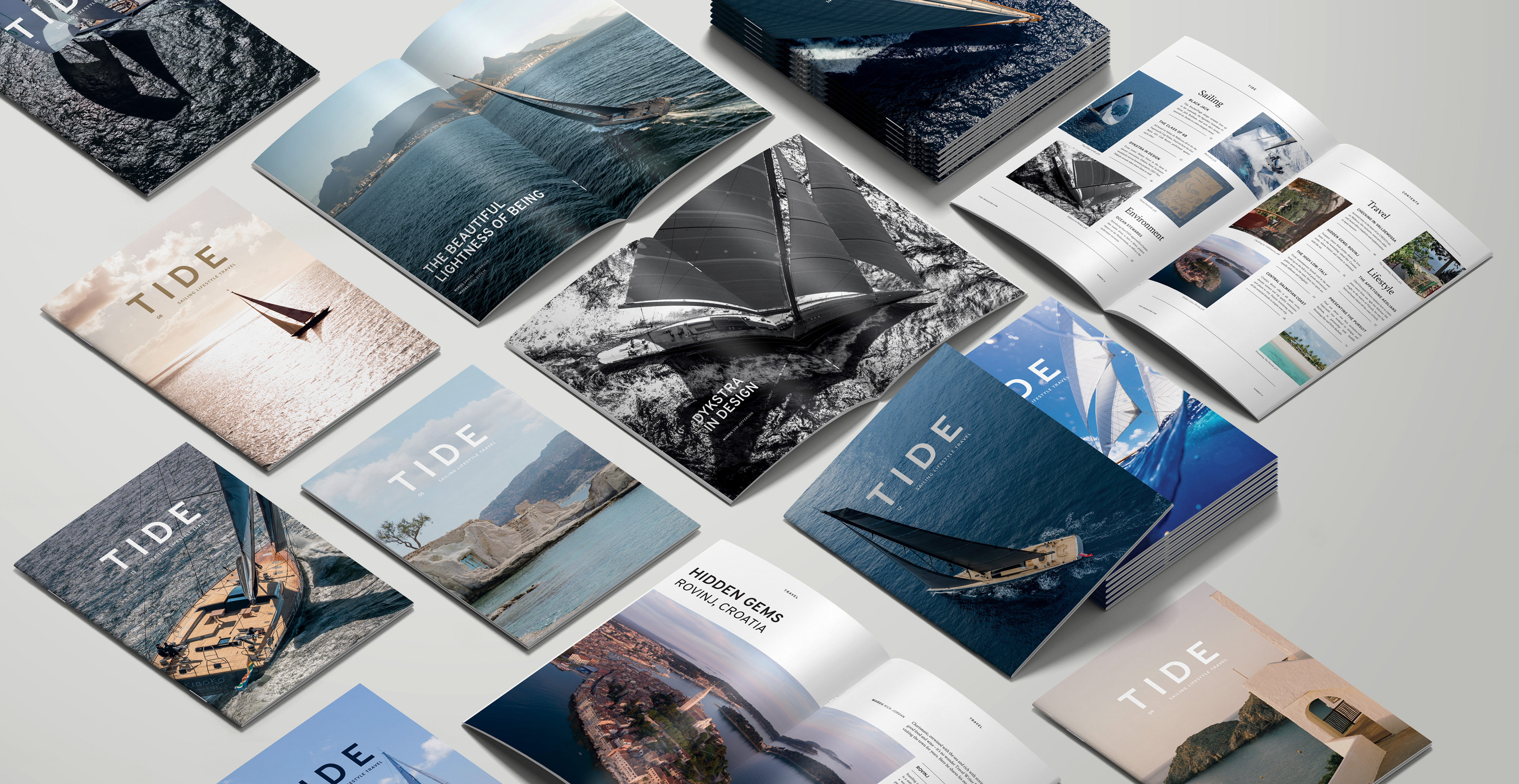“What does a sailing boat mean? It means freedom,” the owner of Superyacht Canova muses. “But that freedom isn’t there if your boat doesn’t work for your purposes. Then a boat is the opposite; it doesn’t set you free, it is a burden.”
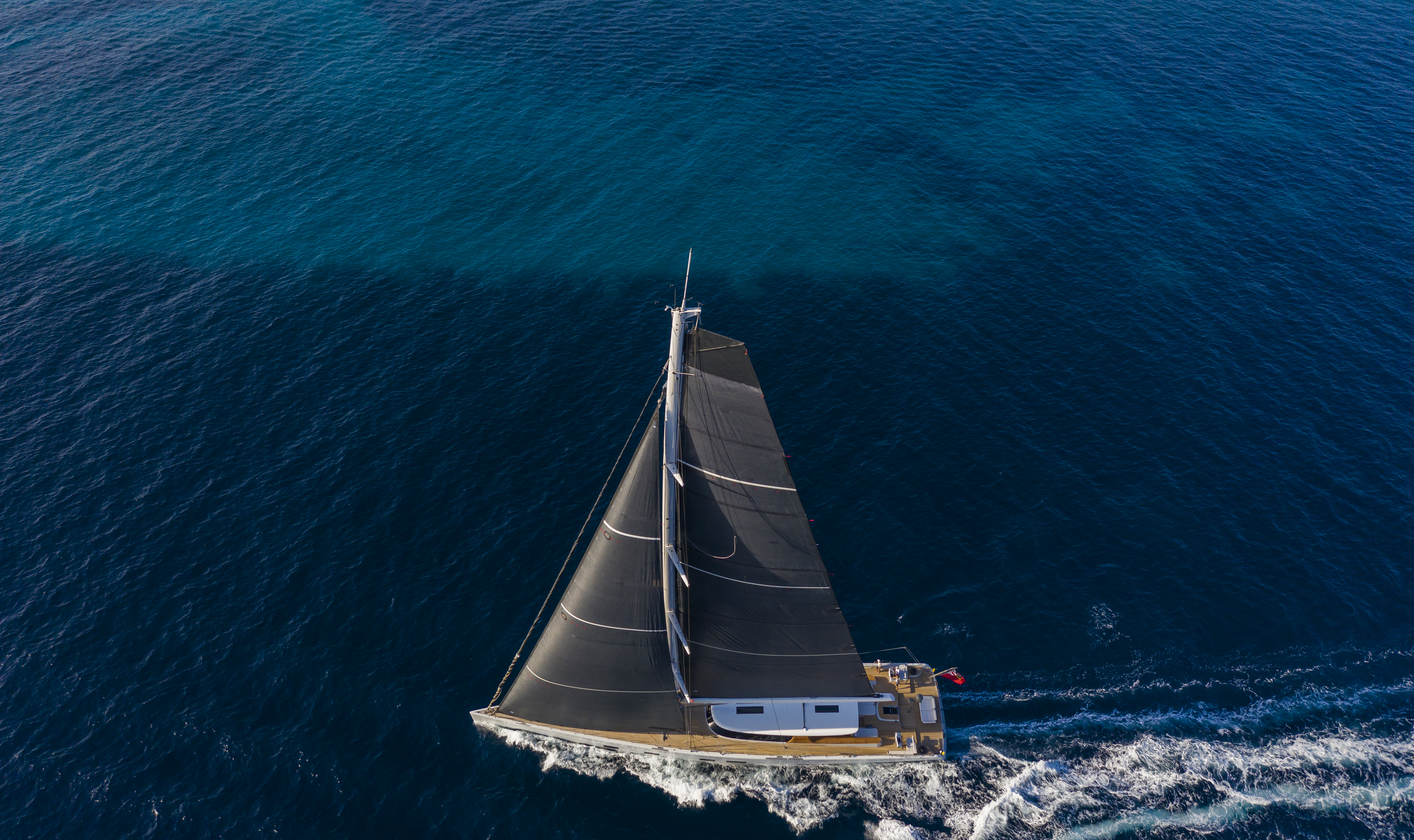
It’s hard to imagine anyone eyeing this stunning 43.3m sloop and thinking that she is a burden. This fully custom-built boat sparked a lot of interest when she was launched by Baltic Yachts in 2019. Unlike many yachts, Canova’s design was guided and shaped by her owner’s specific vision: he wanted to create the ultimate fast bluewater cruiser. It broke new ground in many ways – perhaps most notably thanks to its Dynamic Stability System (DSS) foil which protrudes out of the leeward side just beneath the waterline. This means that when the boat is pressed to windward, it generates lift and boosts both performance and stability when hard-pressed. It was this feature that led many to raise eyebrows. Four years later with 50,000nm under the keel, the vaulting ambition has paid off. So what was the secret to the success of this giant bluewater beauty?
Baltic Yachts was presented with a really tight design brief by the owner, who focused in on exactly what he wanted. This entailed sailing fast but not going racing, living aboard for long periods of time and maintaining good privacy between the guests and the crew. The owner also wanted a boat that could be handled by two people as well as maintained in far-flung exotic destinations where you can’t get it hauled out of the water or easily get hold of spares.
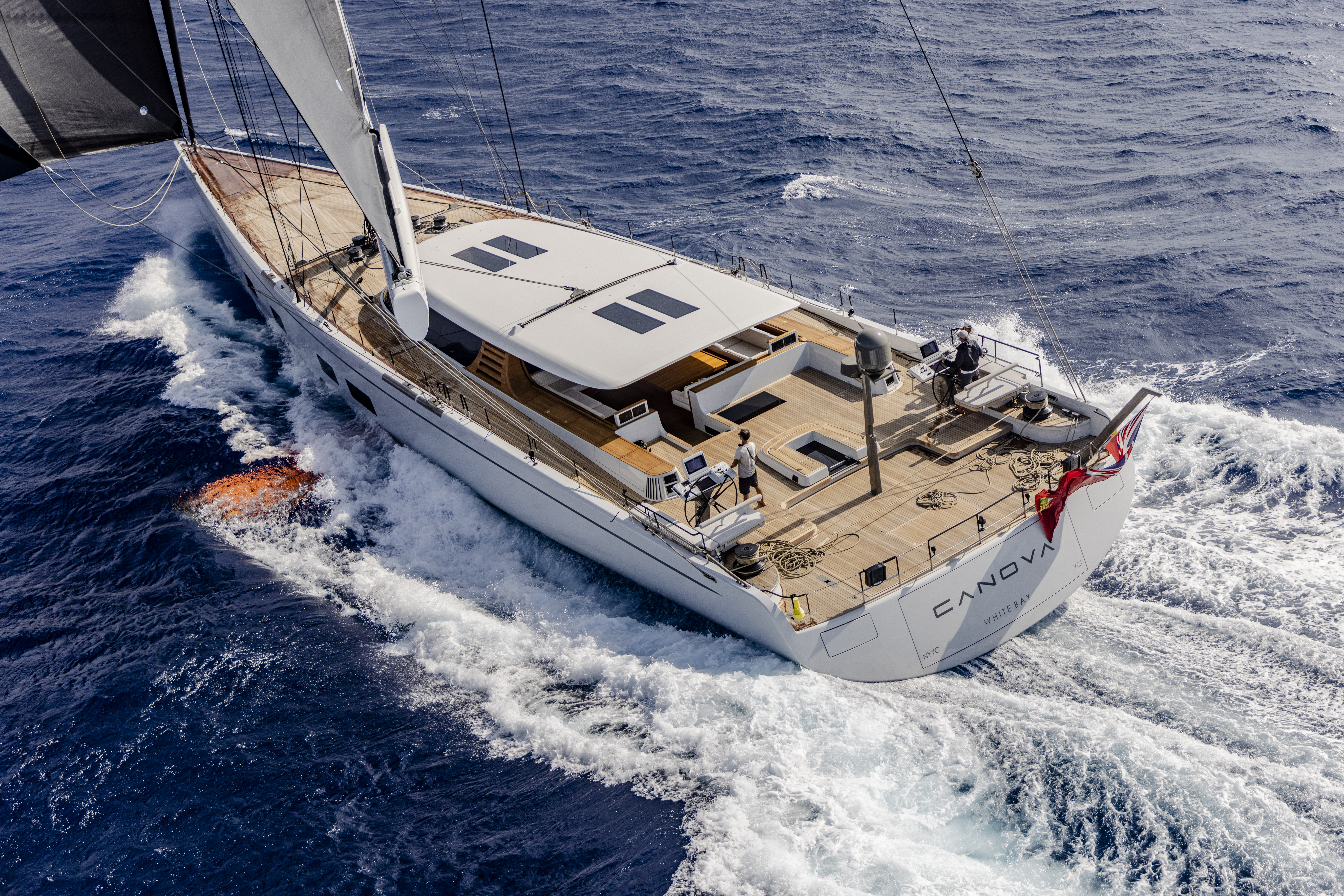
“I wanted to build my boat, not the boat of others,” the owner reflects. “It’s so easy to be influenced by designers and lose focus. You end up with a compromise. I therefore realised it was better to work up my own idea of the perfect yacht and then take the concept to Baltic.”
To this end, the initial concept was brainstormed with the help of a young designer named Guiseppe Martines, before being presented to Baltic. Bruce Farr’s design house was then brought in to work up the preliminary designs. The result is a boat that has dazzled the world stage; an all-carbon cruiser with fine lines married to twin rudders and a deep T-shaped keel that can be partially raised to reduce the draft from 6.5m to 3.8m. The rig is also in carbon, with a square-topped mainsail providing lots of power. The challenges of installing a DSS foil on a boat this big were considerable. Experts from BAR Technologies, better known for their work on America’s Cup boats, and laminate construction specialists Gurit were recruited to build a reinforced cassette to house this mighty 9m foil into the midship of the boat, right beneath the owner’s suite. This foil slides outboard to port and starboard thanks to captive winches. Although the system had been successfully trialled on smaller racing boats, no boat of this size had ever had such a system installed. Given that, at speed, some 140 tonnes per metres of force is generated, the technology and construction had to be spot on.
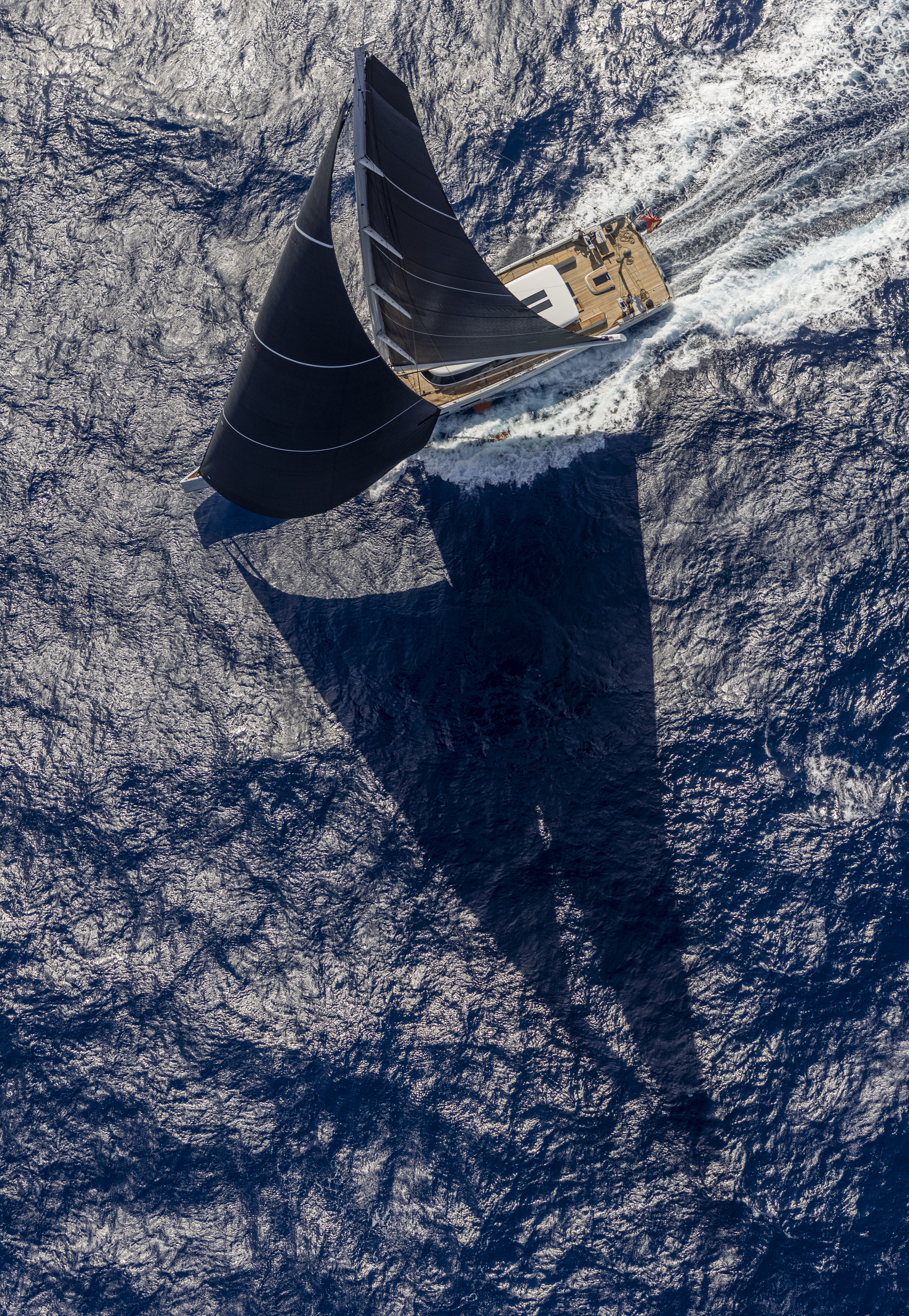
If the foil was the focus of much attention, the other details were not overlooked, and the layout is impressive. The decks are uncluttered and there is a single large coachroof which contains the main saloon opening seamlessly out into the cockpit thanks to a bimini that is sleekly integrated. The stunning interior was designed by Lucio Micheletti and has been conceived for an owner, three guests and four crew. The owner’s suite has been placed almost completely centrally to minimise motion at sea, while the crew cabins and galley are separated off and set aft, with the guest cabins in the bow section. The finish is elegant, and you feel instantly at home.
Ironically, the owner’s initial reaction when he saw Canova was confusion. “I looked at it and thought, ‘My God, this boat is too big for me’. I was so immersed in the concept I hadn’t realised the scale of it!”
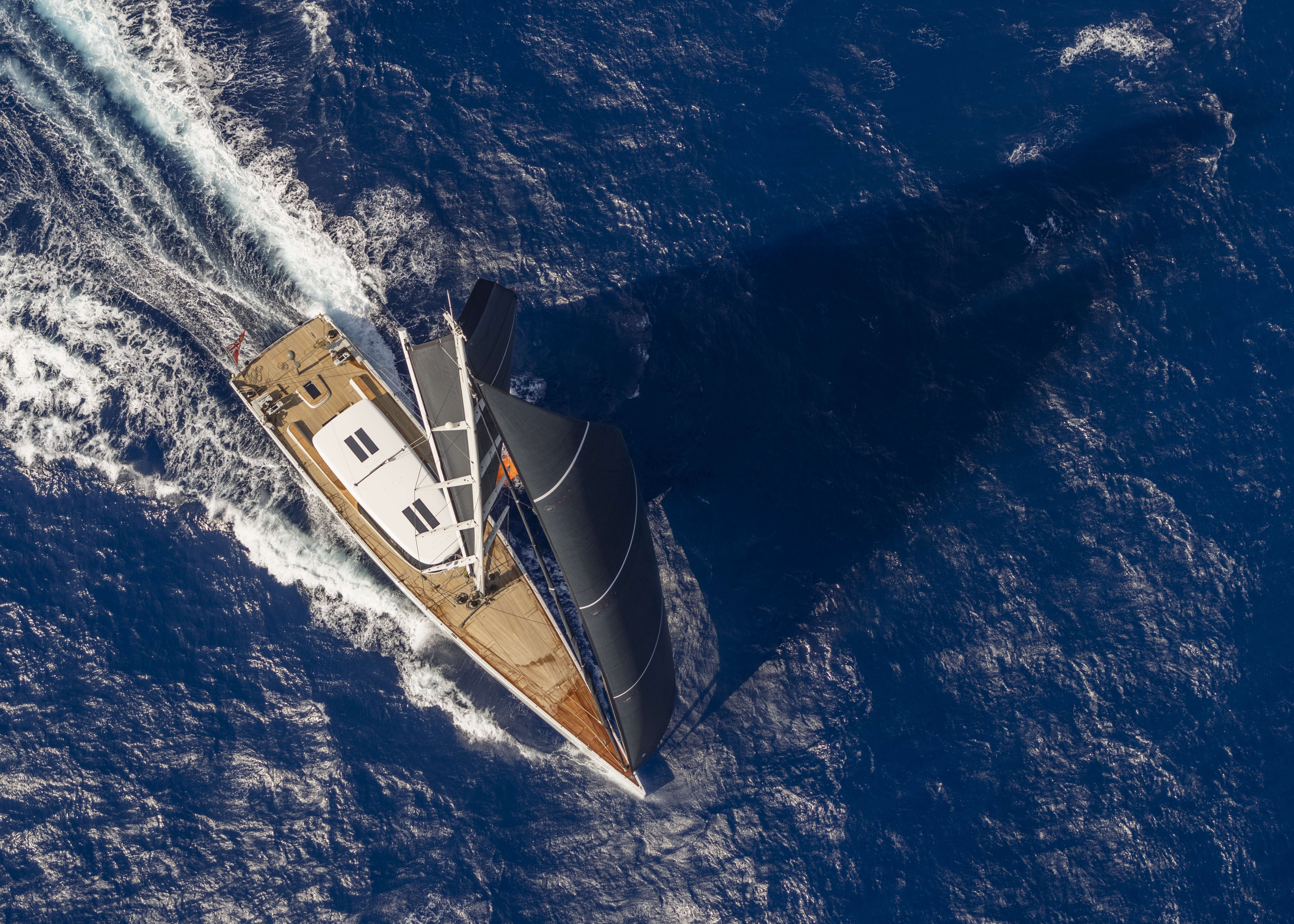
Fortunately, he soon adjusted to sailing on a large scale – so much so that the big question now is how the boat has stood up to four years of hard use. The yacht has criss-crossed the Atlantic, following the traditional charter route of the Caribbean during the winter and the Mediterranean in summer, while also straying off the beaten track with trips to the Lofoten Islands in Norway.
The big test, because it was the big unknown, was the DSS foil. There was a clear idea of its main raison d’etre, as the owner explains. “To clarify, the DSS foil’s main purpose was to provide greater stability and comfort as my wife suffers from seasickness. I was aware that a DSS foil could reduce heeling and also make for a much better ride.
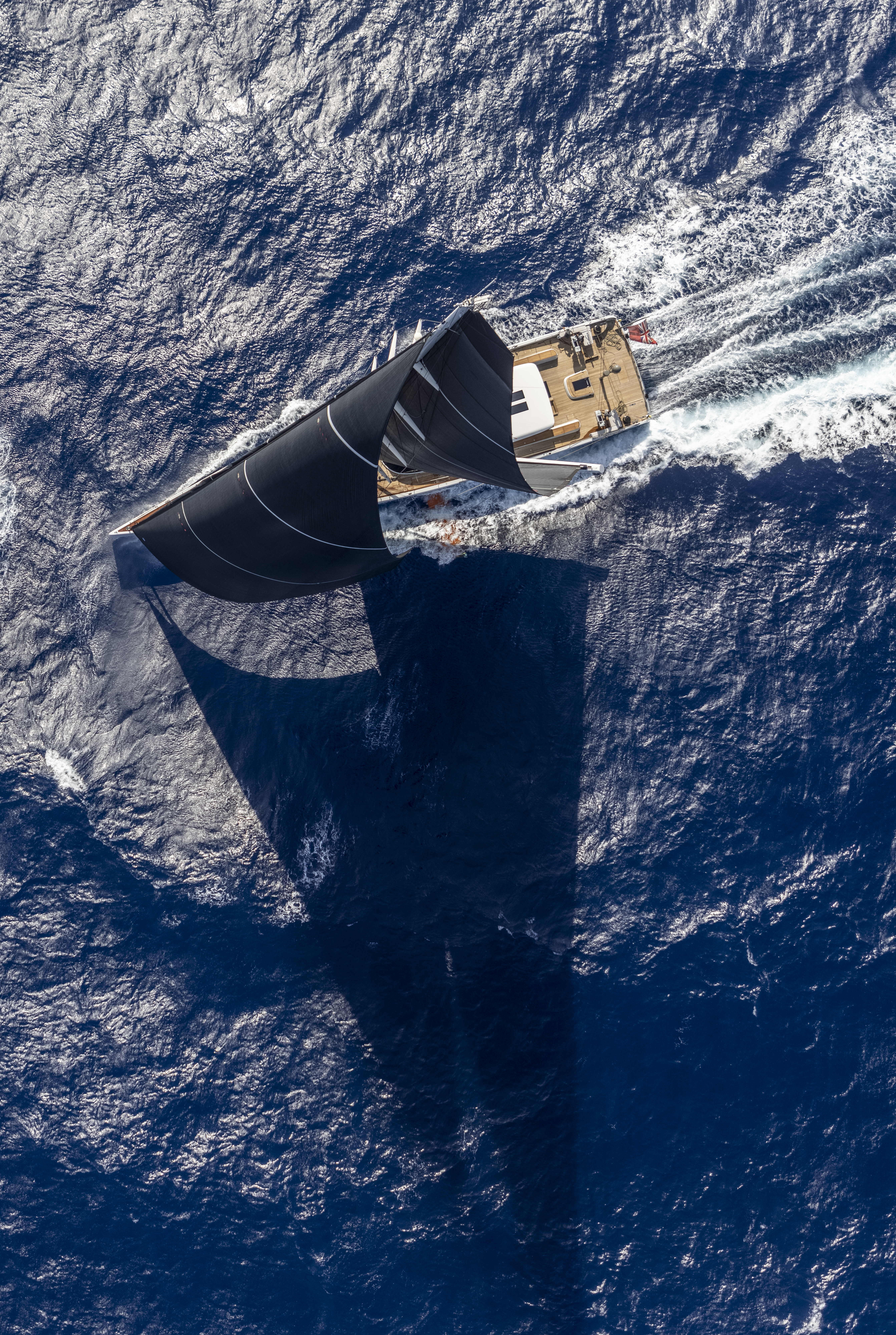
“It has been a success both from a comfort and performance point of view. If you are going 14kn then the heeling angle is reduced by 6-7 degrees – while it also improves performance when you are sailing above 14kn. On the other hand, even in lighter breezes it significantly reduces pitching and handling. Whenever you are on the helm, sailing fast, it feels like the boat is on rails. It’s so steady and smooth.
“That is important for safety too, because in heavy conditions the reduced pitching means you feel safer going to the mast, while the lack of a jarring motion means there is less wear on equipment and the rig.”
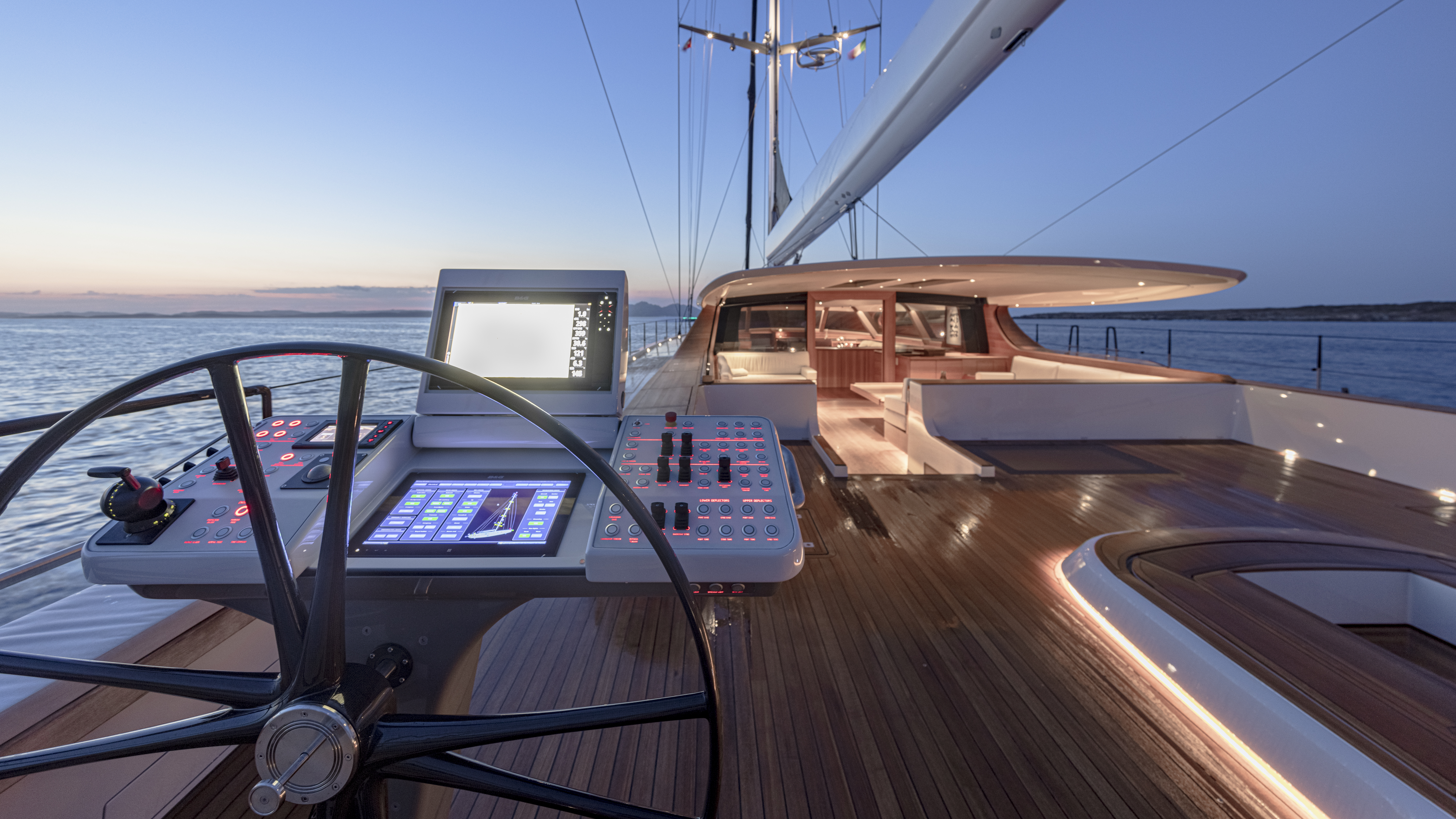
The yacht is also at the forefront of the green revolution and features a 400kw electric motor with a diesel generator as backup. This makes her the largest sailing Superyacht with electric propulsion and the bank of lithium-ion batteries ensures that the boat can run on electric power alone for up to nine hours before any recharging is required. It’s also fitted with a hydrogeneration propeller and results have been impressive. Baltic Yachts’ analysis of the system shows that the boat generates 27kw of power with the boat sailing at 16kn and 35kw with it sailing at 20kn.
Although pleased with the results, the owner has reservations. “I don’t think green technology will be perfect for yachts until you can build solar panels into the sails. We looked at solar for the deck but it wasn’t worth the trade-off in weight, while wind generators were just too big and impractical for a boat this size.
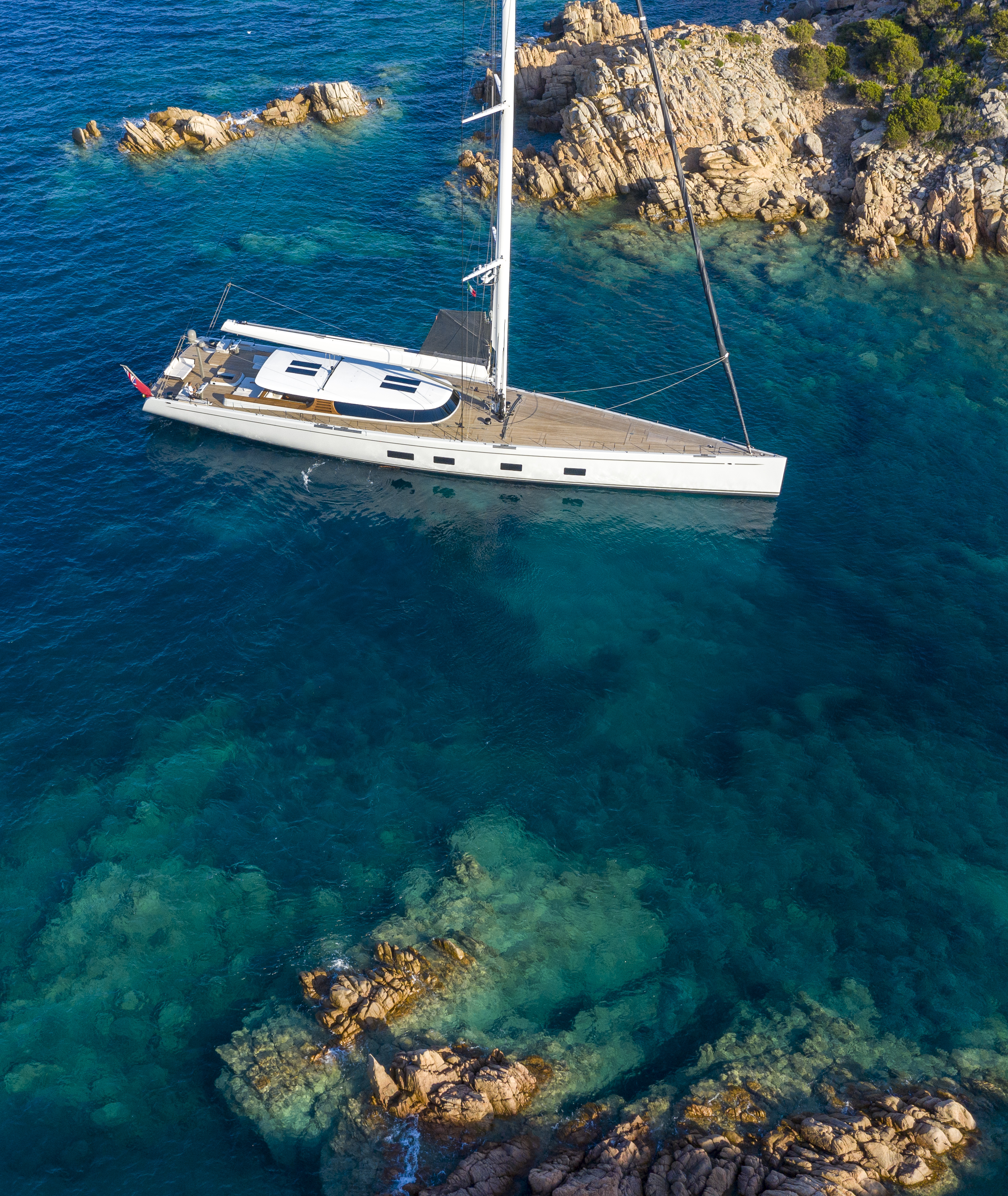
“You also have to look at practical ways to make a boat greener. By painting the hull white, we go green because a dark hull attracts 20 per cent more heat and the main use of power on a boat is generally the air-conditioning unit, so you have to look at it from different perspectives.”
Canova may have done the Caribbean-Mediterranean circuit but there are new plans afoot, as the owner explains. “This winter we are definitely going to St Barths, but after that it will be decision time as to whether we go back to the Med and the Aegean or carry on through the Panama Canal and do a round-the-world trip. It’s undecided at present.
“I’ve also developed a taste for cold water sailing. I’ve come to see the benefits of places like the Lofoten Islands in Norway. You maybe can’t swim, but the scenery is magnificent and often you are the only boat around for miles. That’s a great feeling,” the owner enthuses. “So if we do go through the Panama Canal, I don’t think we’ll go direct to the South Seas but instead we’ll head up the west coast of North America and on up to Vancouver and Alaska. But all that is a decision for the future.”
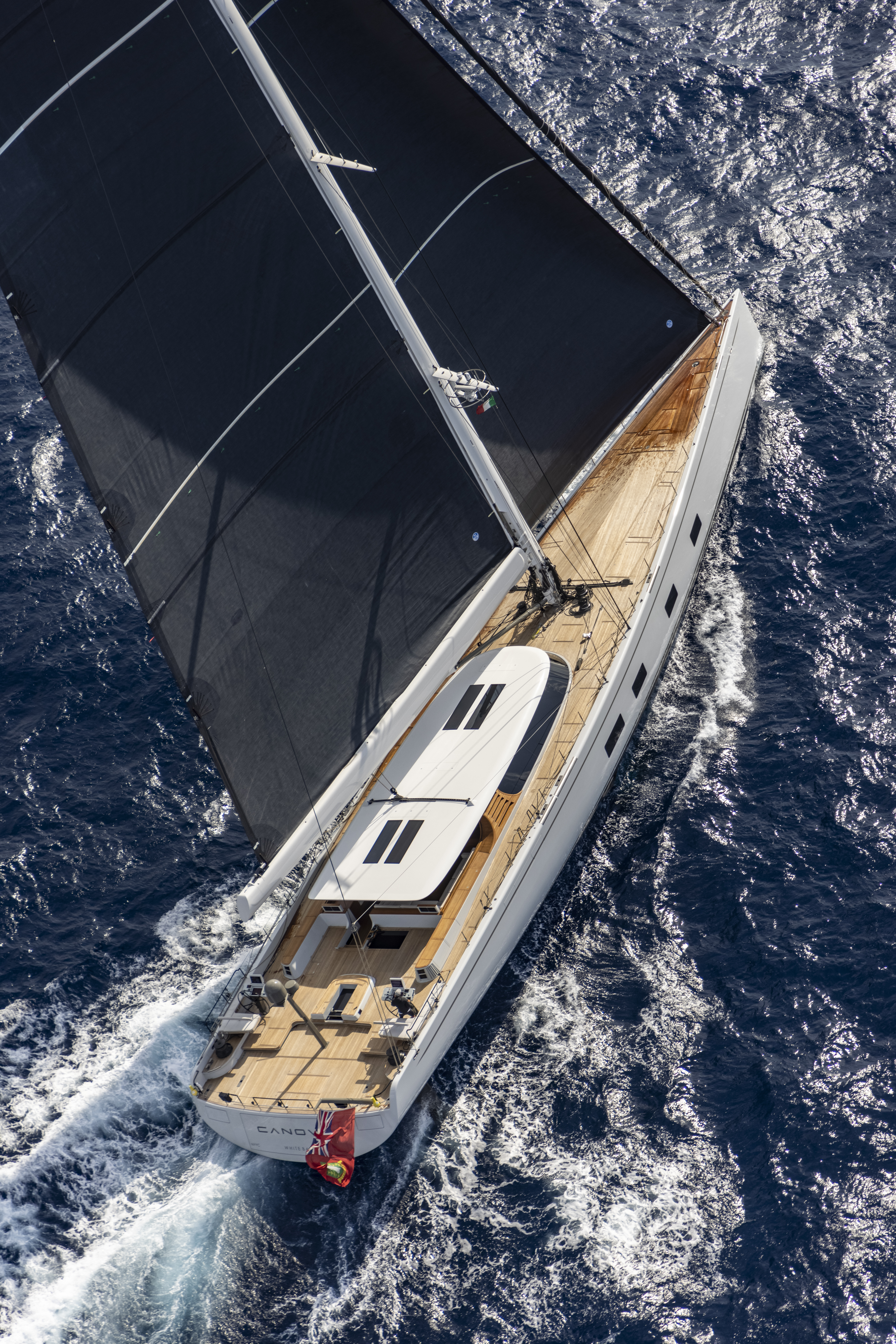
Whichever route he chooses, Canova has already proven herself to be a hugely capable cruiser, shaped by the uncompromising design and vision of her owner.
